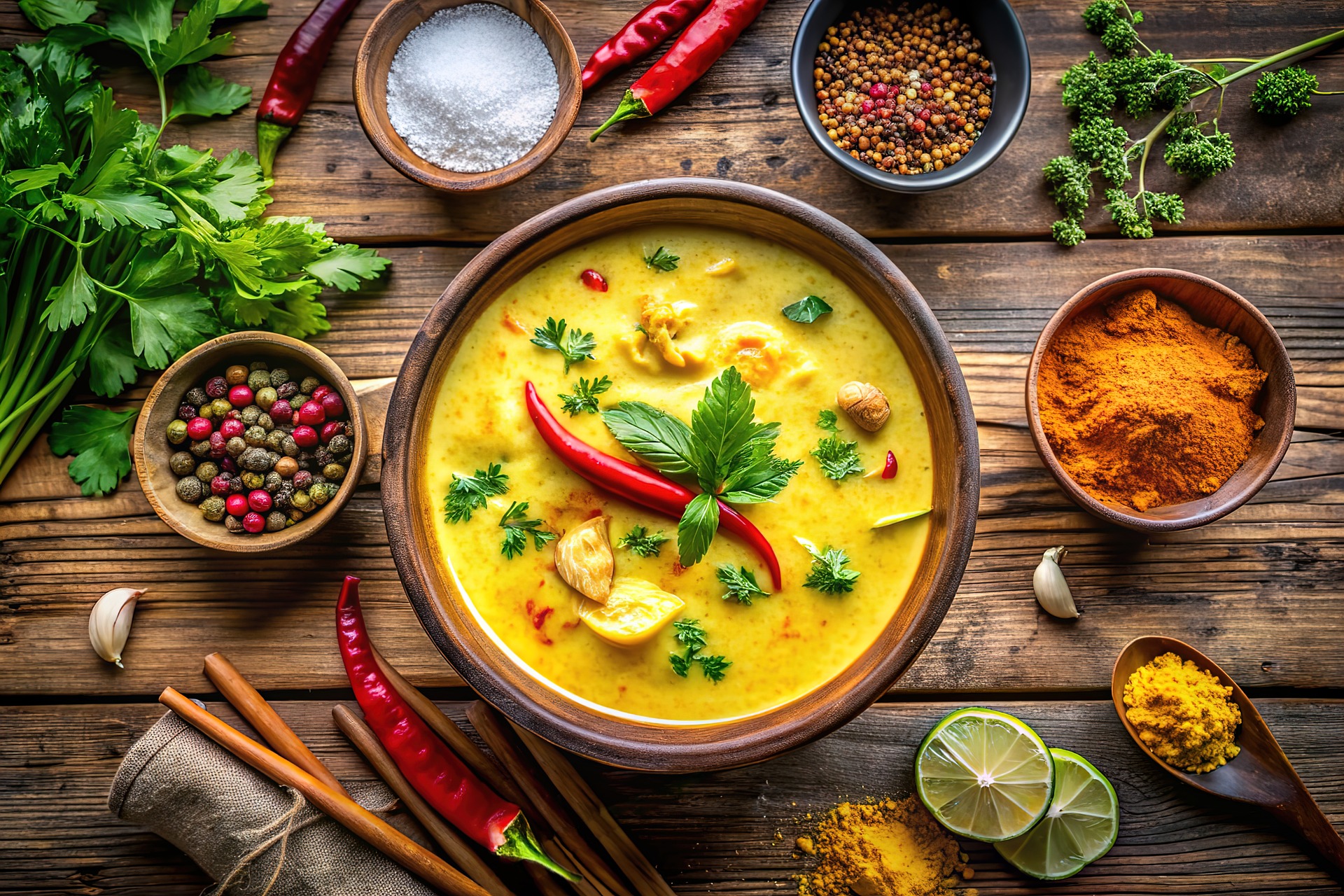Tantalizing Tastes: Unveiling the Allure of Middle Eastern Cuisine
Middle Eastern cuisine is a hidden treasure, a mosaic of flavors that encapsulate its rich history, diverse culture, and the warm hospitality of its people. Let's dive into this thrilling culinary journey that explores its unique dishes, renowned beverages, innovative cooking techniques and the creativity that is increasingly shaping this cuisine.
1. The Symphony of Flavors
Middle Eastern dishes are a beautiful symphony of flavors that blend perfectly, resulting in a gastronomic experience like no other. Spices such as cumin, coriander, cardamom, and turmeric are frequently used, lending dishes their distinct flavor. The cuisine is bountiful with hearty grains, vegetables, and lean proteins, not forgetting the generous use of fragrant herbs that provide a refreshing contrast.
2. Succulent Dishes to Sample
Consider the famous Shawarma, with its layers of marinated meat slow-cooked on a rotating spit, or the delightfully crunchy Falafel with its golden exterior and soft, flavorful interior. Then there’s Mansaf, a representative dish from Jordan, showcasing a grand spread of rice, lamb, and a special yogurt sauce, a testament to the culinary expertise of the Middle East.
3. Quenching Thirst with Tradition
Beverages are an integral part of the Middle Eastern dining experience. Arabic coffee, or ‘Gahwa,’ with its unique preparation method and serving etiquette, is more than just a drink; it’s a symbol of hospitality. Other refreshing beverages like Tamar Hindi (tamarind juice) and Ayran (a yogurt-based drink) are gaining popularity worldwide.
4. A New Wave of Creativity
Modern chefs are pushing the boundaries of Middle Eastern cuisine, respecting tradition while injecting innovation. They are creating fusion dishes that amalgamate the old with the new, resulting in a dynamic culinary landscape that is exciting to explore.
5. Heartwarming Sweets and Desserts
Middle Eastern desserts are a true delight, from the flaky, honey-drenched Baklava to the creamy, rose-water-infused Knafeh. They truly encapsulate the sweetness of Middle Eastern hospitality and are the perfect end to any meal.
Bonus: Quick Bite Facts
- Shawarma originated as a fast-food item in Turkey and later spread across the Middle East.
- Hummus, a staple dip in Middle Eastern cuisine, was first mentioned in 13th century cookbooks.
- Middle Eastern cuisine is considered one of the healthiest due to its emphasis on whole grains, lean proteins, and fresh vegetables.
As we conclude this culinary journey, it’s clear that Middle Eastern cuisine is a treasure trove of flavors waiting to be explored. Its rich history, diverse dishes, and innovative approach to food make it an exciting culinary adventure. So why not bring a piece of the Middle East into your kitchen and let your taste buds travel?





